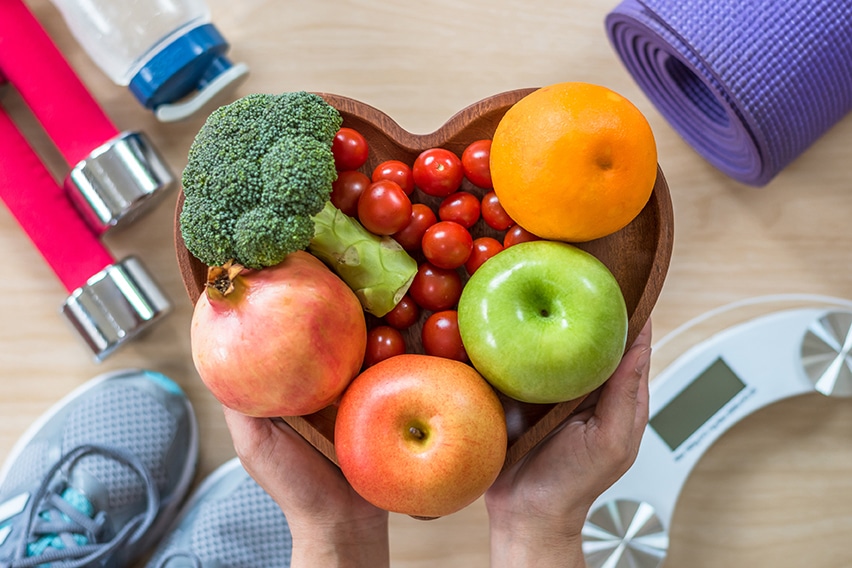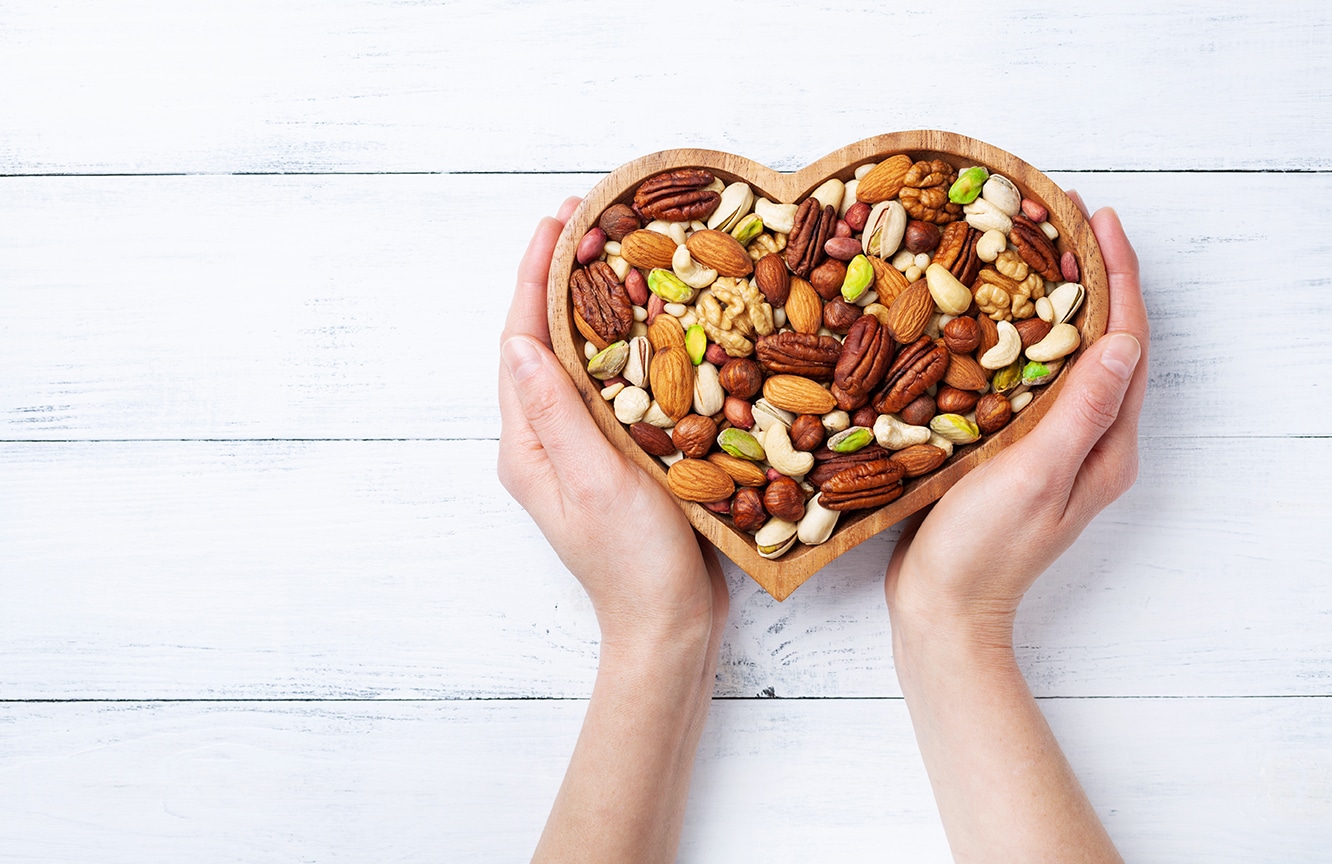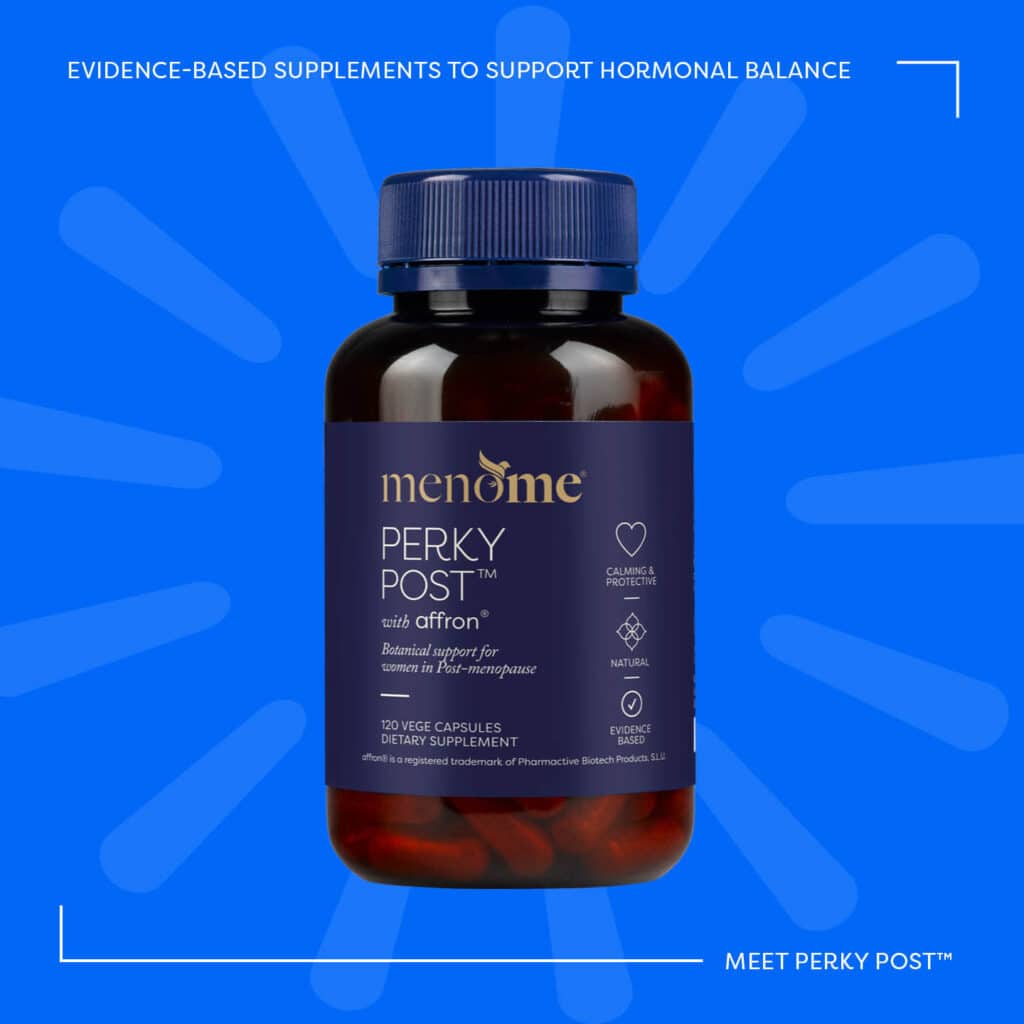Menopause & Your Heart: 9 Insights You’ll Want To Live Your Life By

Heart disease is the biggest killer of women in the world and accounts for 35 percent of female deaths. And women in post-menopause are particularly vulnerable to heart disease.
Eek! I know, right? But now that we’ve got your attention you’ll probably get why it’s super important we talk about it. A bit like meno and you know our mantra? Knowledge is power.
While most of us think of heart conditions as a male “thing”, cardiovascular diseases (CVD) in women are “understudied, underdiagnosed and undertreated” according to the female-led Lancet Commission.
Indeed, the New Zealand Heart Foundation report that 50 Kiwi women die from heart disease every week while 65,000 are living with it. And in Australia 20 women a day lose their lives to CVD.
What’s more, females become more vulnerable to CVD at post-menopause due to a reduction in protective estrogen.
One more reason menopause is an excellent time to get a brand spanking new Warrant Of Fitness.
OK, so it’s not light reading but it is kinda essential.
1. So, when should women get their heart health checked?
Women without known risk factors:
From 55 years of age
Women with significant known heart disease risk factors:
From 45 years of age
Māori, Pacific or South Asian women:
From 40 years of age
Women with type 2 diabetes:
As part of the annual diabetic review
Women with severe mental illness:
From 25 years of age.
NB: In Australia, Aboriginal and Torres Strait women are twice as likely as non-indigenous women to have CVD. Source
2. And just what are the risk factors of heart disease for women?
- Age (over 55 for women)
- Post-menopause
- Smoking
- Being overweight or obese
- Gestational diabetes or pre-eclampsia during pregnancy
- High blood pressure
- Raised cholesterol
- Diabetes/pre diabetes
- Family history
- Smoking
- Kidney disease
- Excessive alcohol
- Unhealthy diet
- Lack of physical activity
- Hormonal disorders
Some studies have shown women who suffer from hormonal dysfunctions such as polycystic ovary syndrome before menopause are at increased risk of heart disease in later life.
Let's take a closer look:
3. The age factor
For women, age is a huge risk factor. Indeed, when we enter post-menopause our levels of protective estrogen drop. Another key point is that if you’ve experienced early menopause naturally you’re also twice as likely to develop heart disease. The same is true if you have had your ovaries surgically removed.
In addition, as women, our risk of CVD triples with every decade of life. The Australasian Menopause Society report that it’s estimated that 82 percent of people who die of heart disease are 65 years or older. And it’s important to realise that the risk of stroke doubles every decade after age 55.
4. Keep moving that body lady!
Yep, at least 30 minutes of moderate movement daily. Especially since there’s compelling evidence that the risk of heart disease (and diabetes) is reduced with regular exercise. To clarify, risk reduces by almost a third with 150 minutes of moderate exercise every week. It also aids weight loss, blood sugar balance and blood pressure making it a no brainer.
5. Are you still smoking?
It’s no secret that the evidence-backed perils of smoking are well documented. Consequently, approximately 10 percent of CVD is attributable to smoking. And guess what? It’s equally noteable is that this includes second-hand smoke.
6. What you eat changes the game

For so many reasons, when it comes to the human body a good diet changes the game. To put it another way, if you want to live well for longer take a look at what you eat.
This rings true even more as you enter the menopause years. Because the significant hormonal shifts we experience affects everything: our digestion, stomach acid, thyroid and blood sugar.
Moreover, a high intake of unhealthy fat coupled with a low intake of fruits, vegetables and fish are linked to CVD. True story.
The Mediterranean diet
We’ve often pointed out that so many studies show a Mediterranean diet is especially great for women in midlife. By the same token, evidence suggests that it helps to decrease the risk of heart disease too. High fives! It’s also delicious so what’s not to love?
Additionally, it may be more influential than a low-fat diet in lowering cholesterol levels and decreasing high blood pressure. Bring it on we say.
The DASH diet
Comparatively, The DASH diet, which stands for Dietary Approaches to Stop Hypertension is also a great option.
For one thing, it tied for first out of 39 diets for “Best Diets for Healthy Eating” and “Best Heart-Healthy Diets” in the 2021 Best Diets report from U.S. News & World Report. Woohoo, that’s pretty impressive!
DASH has been shown to reduce blood pressure, lower cholesterol and assist with losing and/or maintaining a healthy weight. Plus its high in tasty nuts, fish, fruits and vegetables, and low in sweets, red meat and fat

Non-processed foods
Of course, we can’t forget our ‘good diet’ staple of avoiding processed foods. There’s a reason we suggest avoiding these as much as possible because they’re high in fats and sugars. Therefore, they can increase our risk of heart disease – not to mention weight gain. So, it’s a no brainer really.
But wait, there’s more! In similar fashion, there’s evidence that higher consumption of sugar is associated with raised blood pressure and increases the risk of diabetes
7. Alcohol
So many of us love a regular tipple don’t we? But when it comes to our heart it seems the jury’s in conflict.
While some studies suggest that low levels of alcohol are protective against CVD, there appears to be an increased risk with moderate or high levels. The consensus? Everything in moderation.
You can take an online test:
New Zealand: My Heart Check
Australia: Take the Heart Age Calculator risk assessment.
What you need to know
The North American Menopause Society interviewed Dr Chisandra Shufelt who is (among other things) Associate Director of The Barbara Streisand Women’s Heart Centre and Director of the Women’s Hormone and Menopause Program at The Cedars Sinai Heart Institute in the US. Have a listen…
8. How does post-menopause affect CVD?
According to the Heart Foundation, menopause affects a woman’s body in a number of ways.
It increases:
- overall cholesterol blood levels
- Blood pressure
- Body fat
- Insulin resistance – which can prevent the body from breaking down sugars thereby increasing the risk of developing diabetes
It can change:
- Metabolism. A decrease in metabolism contributes to raised blood pressure, cholesterol and weight gain.
- Body fat distribution. Fat deposits that sit around the torso/abdomen increase the risk of heart disease even in women of normal weight.
9. What are the symptoms of heart attack in women?
If women are having a heart attack the signs can differ from those of men.
In fact, women may experience a heart attack without discomfort or chest pain which is known as a silent heart attack.
In addition, symptoms can show up in varying areas including:
- Chest
- Shoulder
- Jaw
- Arm
- Upper back
- Neck
- Abdomen
Common signs can include:
- Heaviness
- Tightness
- Pressure
- Discomfort/pain
- Sweating
- Shortness of breath
- Nausea
- Vomiting
- Indigestion
- Unusual fatigue
- Lightheadedness
- Dizziness
- Pain that comes and goes
In conclusion
OK, as we said at the beginning this isn’t light reading but it’s super, super important. And that’s for all women, so feel free to share!
Indeed, high blood pressure is the single, most important, treatable risk factor for heart disease and stroke.
By managing and reducing blood pressure, the risk of stroke is reduced by 30-40 percent. Myocardial infarctions (damage to the heart muscle) risk is reduced by 20-25 percent and heart failure is reduced by 50 percent.
Regular screening for heart disease in post-menopause is extremely important so please go and see your health professional.
The American Heart Association has outlined diet and lifestyle recommendations to reduce heart disease based on a variety of studies. As a result, in some cases, the 10-year heart disease risk was substantially reduced by 12-14 percent by lifestyle intervention. And that’s impressive don’t you think?
9 tips to prevent heart disease
- Kick smoking out the door and avoid second-hand smoke.
- Reduce alcohol intake. Drinking 1–2 standard alcoholic drinks per day might reduce your heart disease risk by 30 percent. But, if you overdrink you could increase your risk of heart disease.
- Move your body – 30 minutes per day at least five times per week. It feels good too!
- Go for a healthy diet every time. High fibre, whole grains, fruit, vegetables and limited sugars and processed foods. Your five+-a-day servings (7-10’s even better!) can reduce risk by 25 percent.
- Watch your weight especially if you’re overweight or obese.
- Work to lower raised blood pressure.
- Decrease cholesterol.
- Limit stress (even though it’s easier said than done). But mental stress-induced myocardial ischemia can contribute to heart problems in those with a history of heart disease.
- Always, always, always see your medical professional for heart health assessment.
11. What you need to know about the #1 cause of death in women
The Menopause Society shared this interview with heart specialist Dr Samar El Khoudary. We hope you get lots out of it.
Indeed, looking after your precious heart is like looking after your perimenopause and post-menopause. It's always lifestyle first and ensuring you have an up-to-date health warrant of fitness. So don't forget your Merry Peri™ or Perky Post™ to help you on the journey.
Useful Resources:
- The Heart Foundation Australia’s Wallet Card https://shop.heartfoundation.org.au/products/wallet-card-warning-signs-heart-attack
- They also have a number of free brochures and information sheets here.
- The New Zealand Heart Foundation has many free resources include recipe eBooks, blood pressure and cholesterol, lowering risk guides (in various languages) here.
With thanks to The International Menopause Society, The Australasian Menopause Society, The New Zealand Heart Foundation and The Australian Heart Foundation.
Disclaimer:
Our articles are guidelines only and should never be taken as medical advice. Any signs and symptoms you’re experiencing could be due to a number of reasons. If you’re experiencing ongoing signs please see your health professional.










